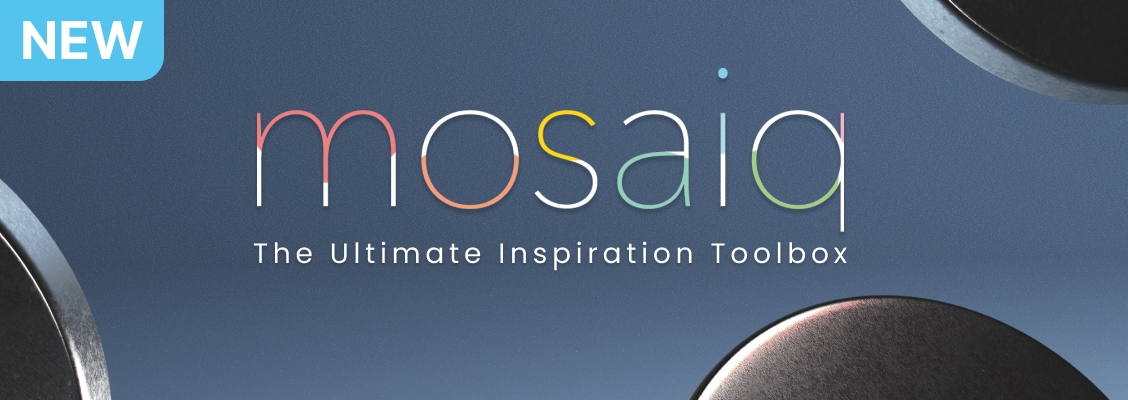

UVI has a long history of research and development in effects plugins and virtual instruments. For over 10 years, our development team has worked to offer the most accessible products with cutting-edge audio processing. Let's take a look at how our team has designed some of our flagship products: Plate, Sparkverb, Dual Delay X, Phasor, Opal, and Drum Replacer.
One of our main goals for Plate, was to have a fully parametric plate reverb to be used creatively, by letting people design their own custom plate reverb way beyond what's possible in reality. Plate employs realtime physical-modeling with up to 20,000 modes to achieve new levels of depth and detail, going well beyond the limitation of physical units.
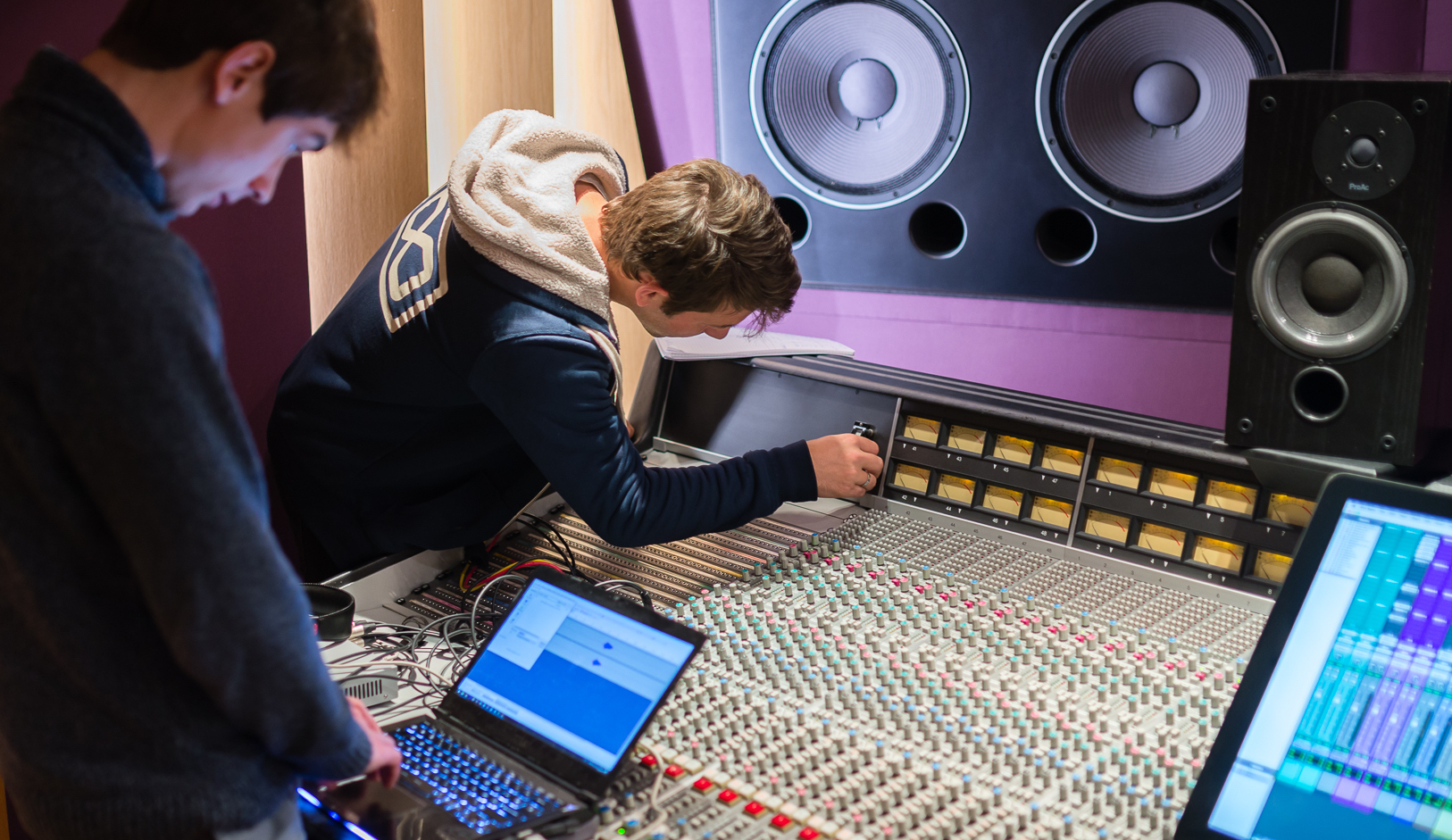
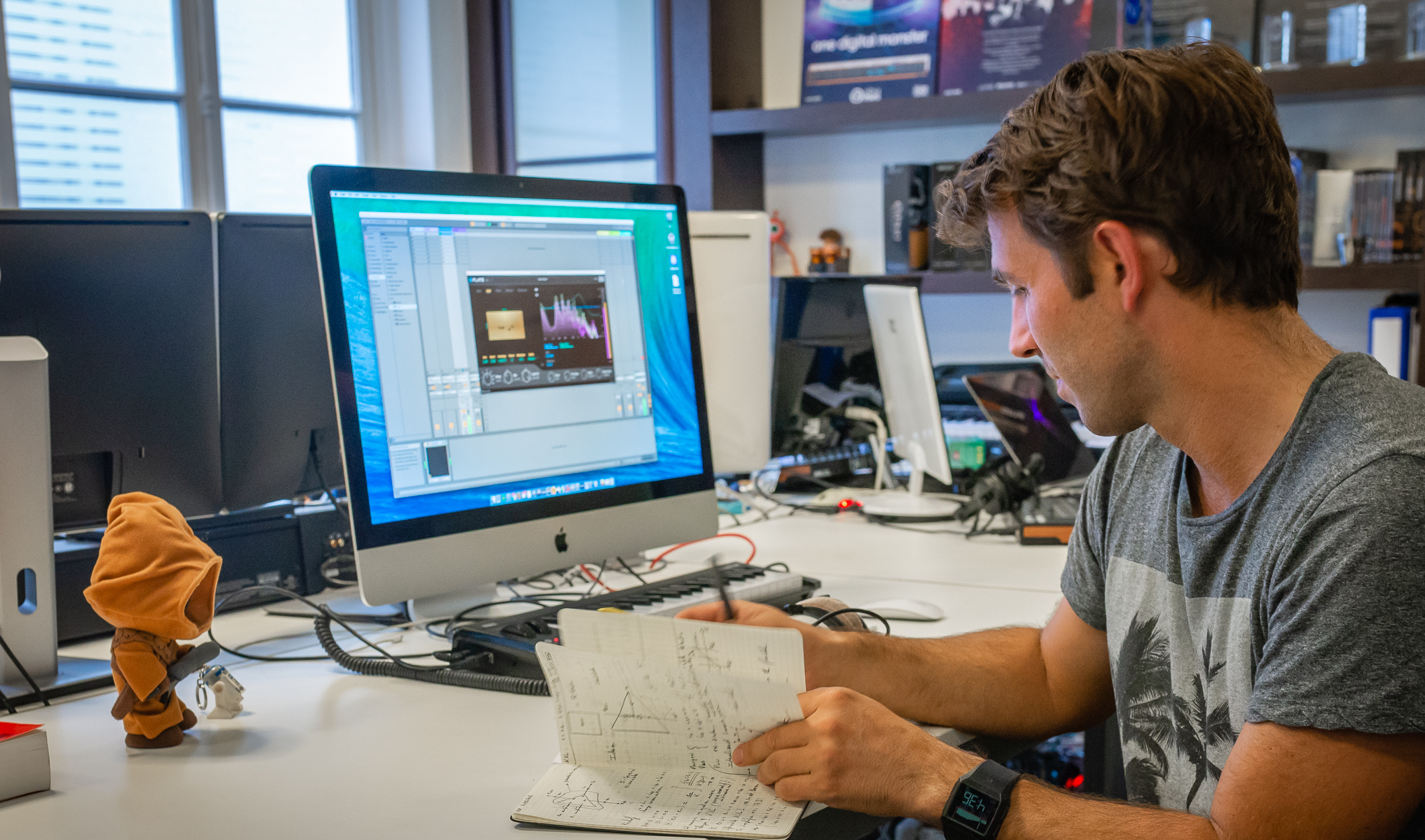
The most iconic plate reverb, the EMT140, is a heavy device made of a large sheet of steel measuring 2m x 1m, with fixed transducers attached to the metal, and foam to control the amount of damping.
• Physical dimensions for example a thin and long plate will sound similar to a spring reverb with very dispersive wave propagation of pulses like in railway
• Material, to change propagation speed and inharmonicity
• Tension, to control modal frequencies tuning
• Transducer placement, to change the reverb timbre
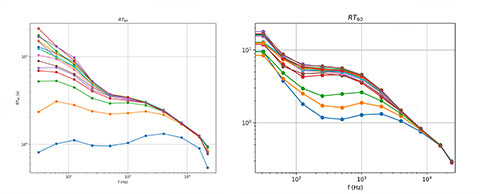
All kinds of damping are based on academic research and physically grounded, but we also made sure that one can play, extrapolate, and mix them intuitively in an easy-to-use interface with just a few clicks.
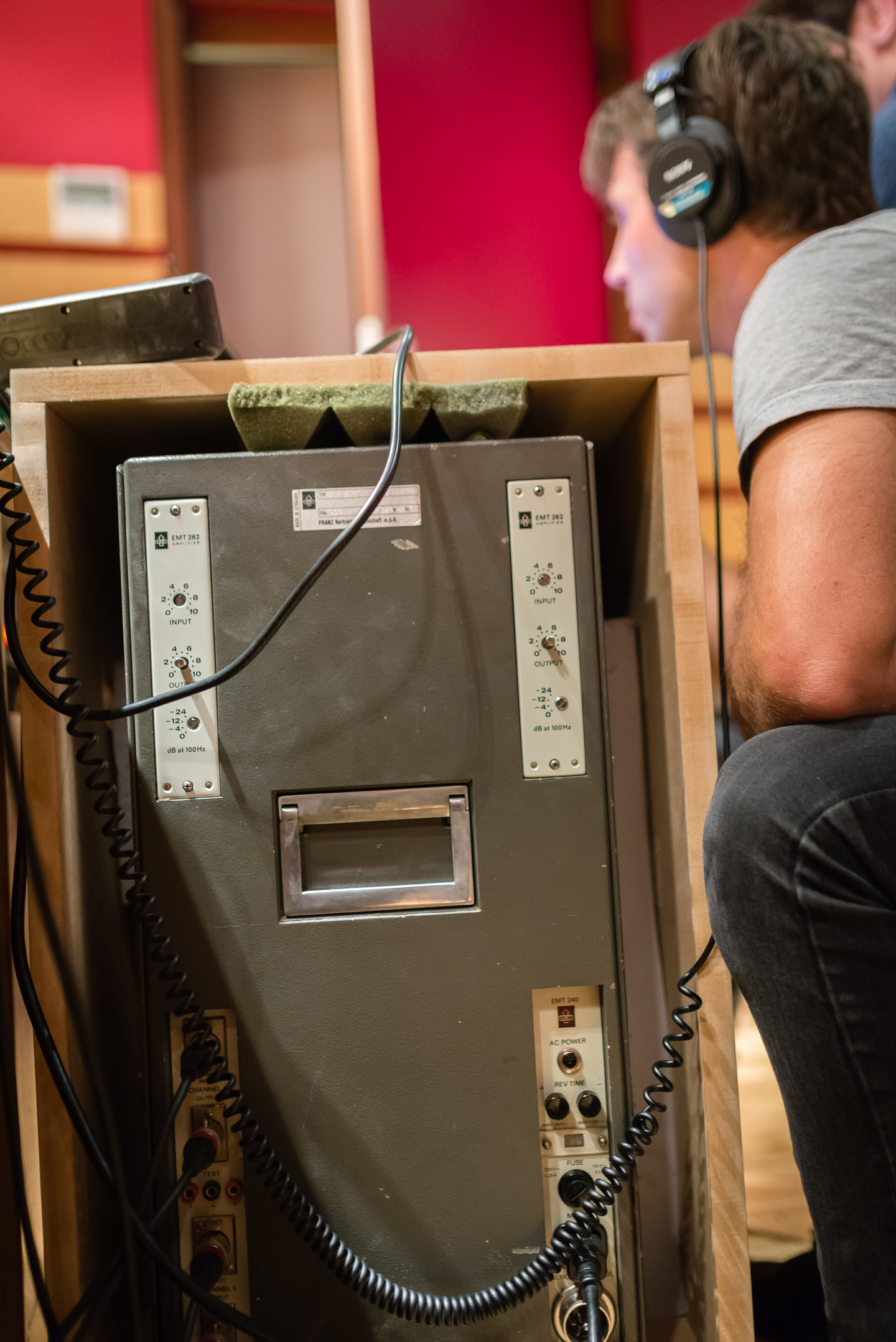
We even included some out-of-this-world features, like mode modulation in order to bring the lush chorused tails of algorithmic reverbs into the world of physical modeling.
We wanted Plate to be an authentic and accurate emulation. For that purpose, we went to a famous studio in Paris to perform in depth measurements on the well known EMT140 (steel) and EMT240 (gold foil). We then spent time calibrating the physical model to closely match our measurements for all kinds of settings.
We wanted Plate to be an authentic and accurate emulation. For that purpose, we went to a famous studio in Paris to perform in depth measurements on the well known EMT140 (steel) and EMT240 (gold foil). We then spent time calibrating the physical model to closely match our measurements for all kinds of settings.
At UVI, the journey of Sparkverb was born from the internal need to create a fast, dense, efficient and high-quality reverb that passed the synthesizer-test, i.e. excelling with synthetic sounds. Departing from conventional approaches, we wanted Sparkverb to redefine reverb by offering a parametric design in order to continuously morph across a spectrum of spaces, from very small to very big, all within a concise parameter set, instead of having different modes like hall, room, chamber, or plate.
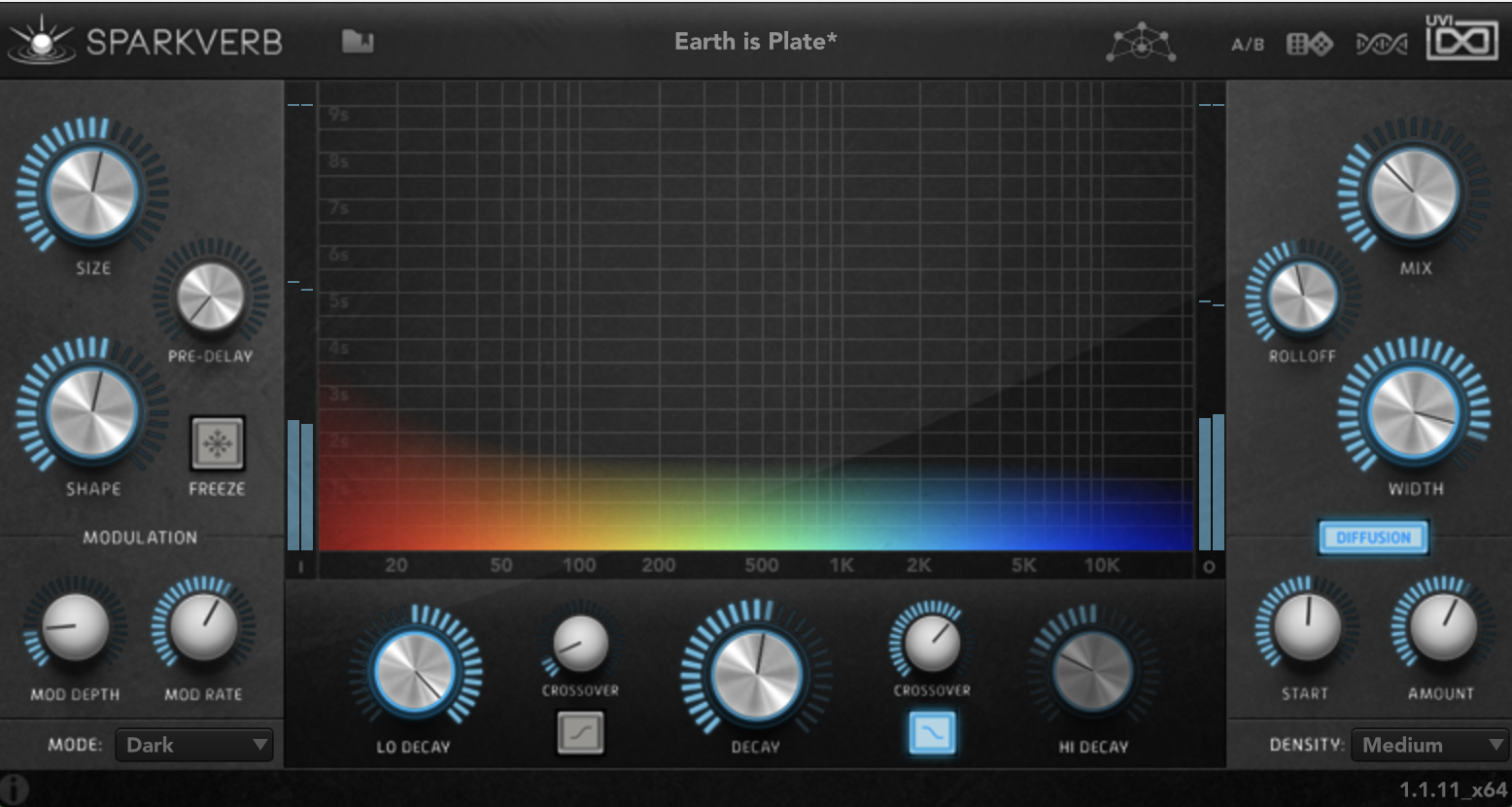
The challenge behind the development of Sparkverb was also to demystify reverb preset design, which can sound like black magic, or a task reserved to physicists for many people. So we pioneered the Preset Voyager interface. Leveraging machine learning, this interface learns the perceptual distances between factory presets and maps preset space onto a 2D surface, reflecting their perceptual similarity. Thanks to triangulation, one can navigate the preset space by continuously interpolating between nearby presets.
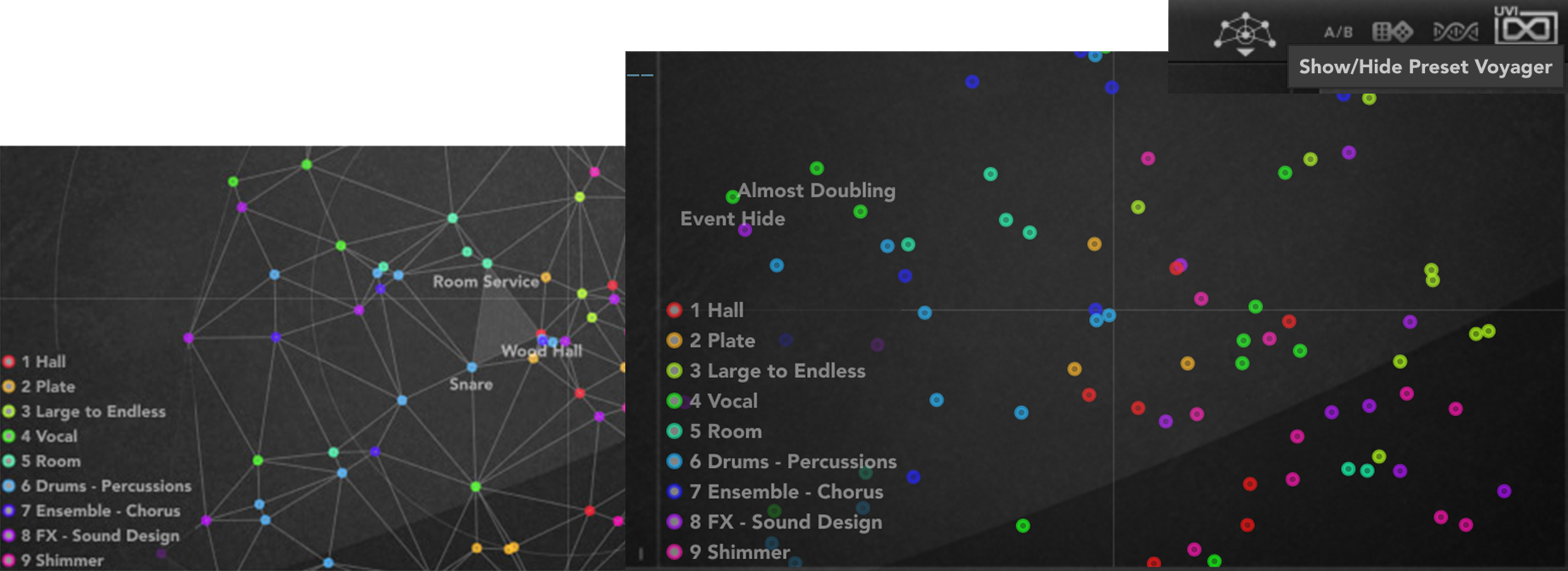
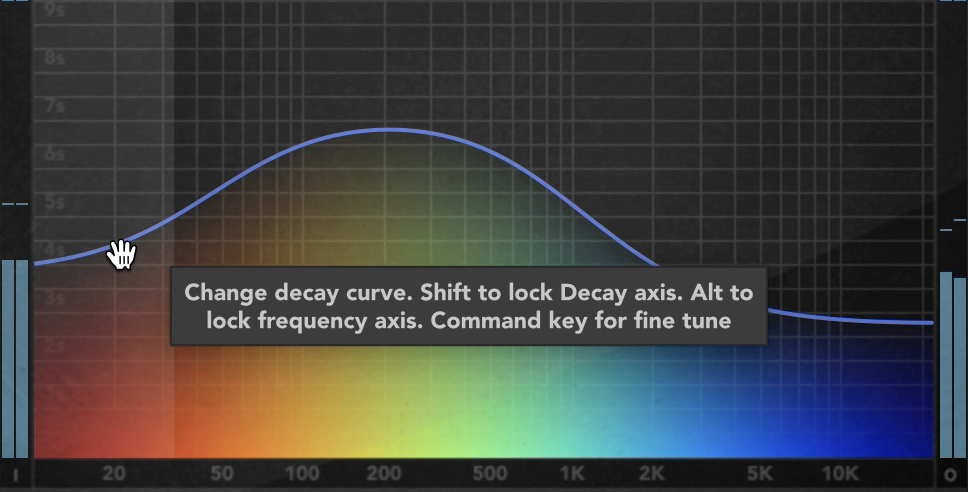
In reverb design, shaping the decay curve is crucial. Sparkverb introduces an innovative graphical interface that empowers users with direct, intuitive and playful visual interaction with the decay curve, transcending traditional knob-based adjustments.
The foremost objective was to ensure that Dual Delay X remains user-friendly, allowing musicians to effortlessly reproduce the classic uses of parallel and ping-pong delays with intuitive damping and feedback parameters. Beyond these foundational use cases, Dual Delay X introduces an innovative feature: soundfield rotation between each feedback tap.

The concept of soundfield rotation opened doors to explore new categories of delay effects:
• Slow or fast rotating echoes, that allow dynamic echoes without relying on LFO modulation
• Inharmonic Comb Filtering: that allows users to experiment with unique, inharmonic textures by using shorter delays
• Scattering when the two delay lines are slightly different
To spice things up, we incorporated additional ingredients to shape the signal path within Dual Delay X as diffusion, dispersion, degradation and tape saturation.
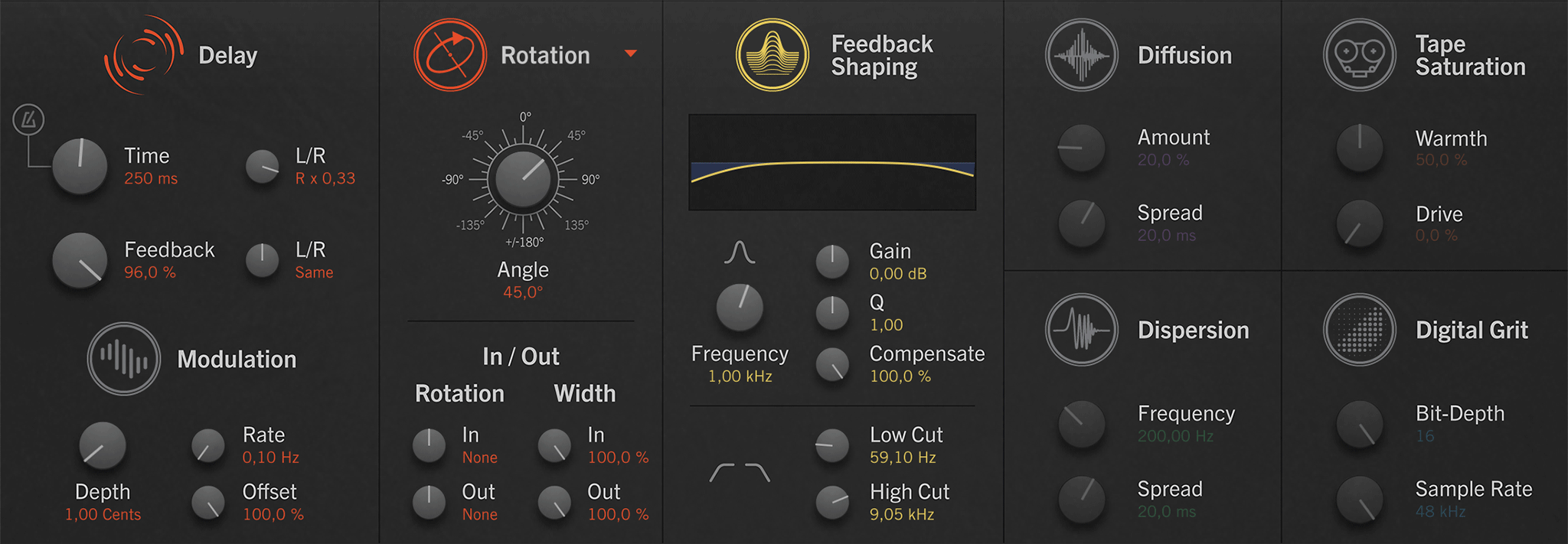
for enhanced performance

To grasp what Phasor does to your sound, understanding phase shifting is key. Phase in audio refers to a waveform's position. By delaying the peak of a waveform, a phase shifter effect begins. Shifting the waveform's phase involves delaying it and then mixing it with the original, creating phase artifacts. This desynchronization continually generates new phasing effects. Many phase shifters let you adjust delay length and feedback to enhance the swirling effect. Some also offer filtered phased signals for greater control over audio artifacts.

UVI Phasor was first developed as an insert/send effect for Falcon. Running a variety of synths and samples through Phasor allowed our users to create some really cool tracks, and we quickly received requests to develop a standalone version of the effect that could be used in any DAW and on any sound source.
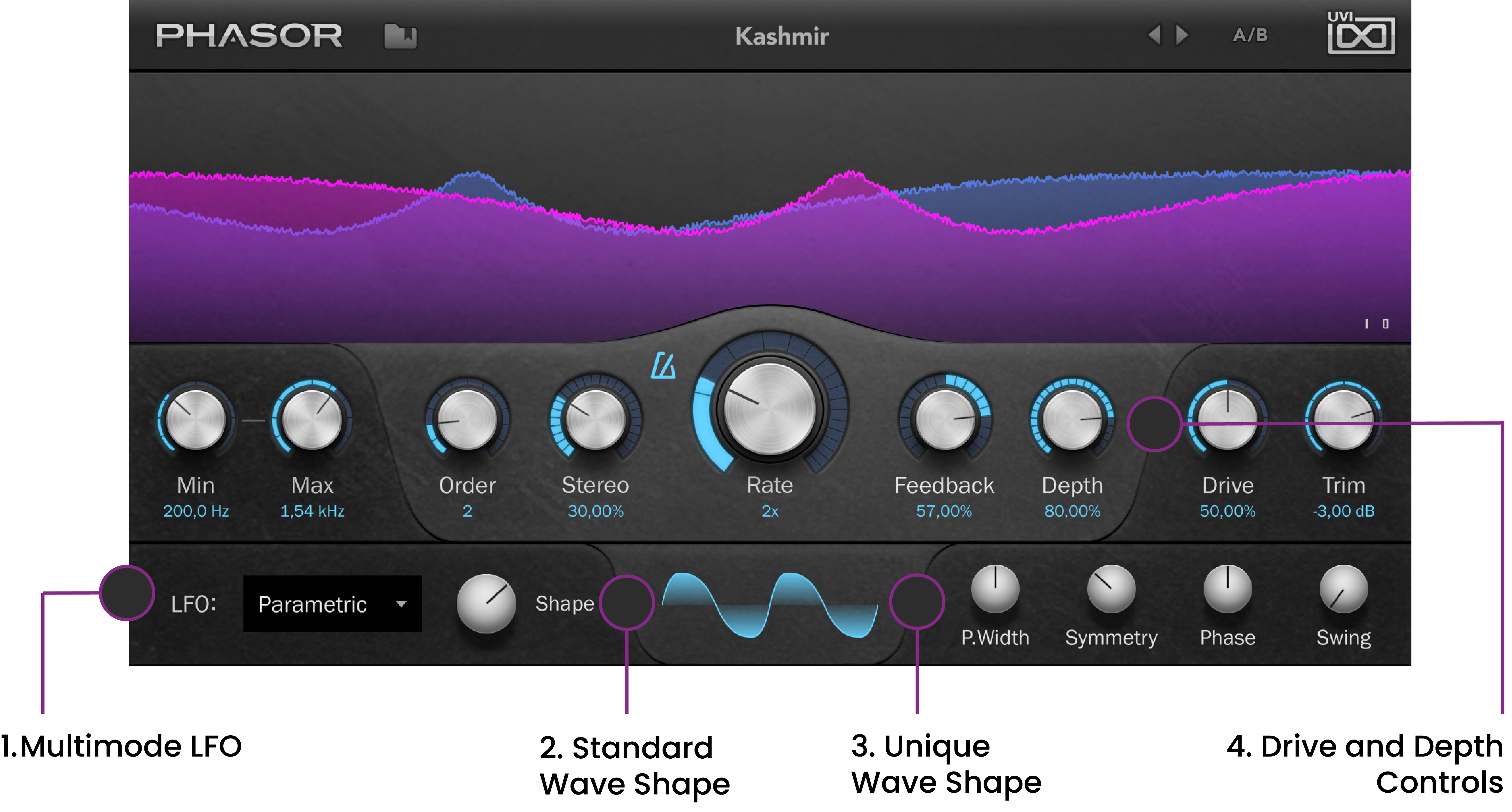
The visual design of Phasor also allows you to have a real guide to how the controls you are adjusting will affect the sound. All of these controls and visual elements combine to allow the user to shape Phasor to the perfect settings in record time.

For the simulation itself, we applied some reduction and pre-resolution techniques, and were able to reduce the model to 2 x 4th order systems (out of 40 components to begin with). The solver was also specially designed to be computationally efficient. Finally, we added modern features including external sidechain, variable responsiveness, frequency response correction, and tube drive, to create our own innovative physical model.
For Drum Replacer, we wanted to create a drum replacement tool, simple on the surface and easy to use, keeping the well established metaphor of level-based trigger detection. But under the hood, we spent time on a number of advanced signal cleaning and pre-processing methods, such as source separation and machine-learning methods to simplify the detection task.
Transience-based signal gating, while rather simple to use, can provide a considerable amount of track cleaning – it only lets transients pass through the detection module in a level-independent way, compared to traditional gating where setting a threshold is always governed by a compromise between missed events and false triggers. With Level-independent transience gating even weak events close in level to background noise can be isolated and detected.
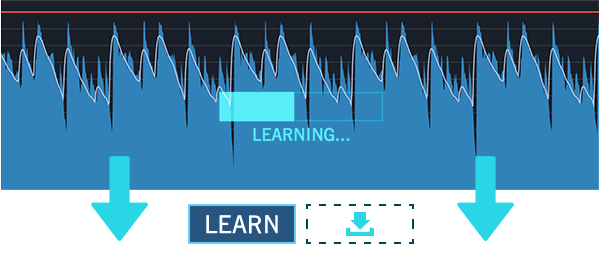

UVI Focus
- UVI Focus - Behind the Sound: The approach powering SonicBundle
- UVI Focus - In conversation with Tonnerre
- UVI Focus - Discover 5 reasons why you need Mosaiq
- UVI Focus - A look at our most celebrated products
- UVI Focus - Rediscover iconic sounds with Doctor Mix
- UVI Focus - Throwback 2024, a year of releases
- UVI Focus - The Art of Tape: Tape Suite and the Revival of analog Techniques
- UVI Focus - Exploring the legends behind Quadra Modular
- UVI Focus - When Creativity Meets Innovation
- UVI Focus - Key Suite's 5 Rare & Unconventional Machines
- UVI Focus - In Conversation with Jean-Claude Chapuis
- UVI Focus - In Conversation With Venus Theory
- UVI Focus - HX-20: Reviving the MS-20 inspiration in 5 timeless tracks
- UVI Focus - In Conversation With Jon Carin
- UVI Focus - 2023 Throwback - A year of inspiration
- UVI Focus - 10 Falcon Power-Features You Should Know
- UVI Focus - Soul Bass & Soul Drums: A Dynamic Duo
- UVI Focus - Synth Anthology 4 - Experiencing Sound Design with MPE
- UVI Focus - The story of KAWAI
- UVI Focus - In Conversation With Antoine Martin
- UVI Focus - Advanced Sound Design Techniques with Falcon Expansions
- UVI Focus - Phasor: The Story of a Mythical Effect
- UVI Focus - 5 Key Features of Percussion Factory
- UVI Focus - The story of Vintage Vault 4
- UVI Focus - In conversation with Lou Wiss
- UVI Focus - 7 Hidden Gems of Toy Suite
- UVI Focus - PX Guitar Syn, A Piece of Hybrid-Instrument History
- UVI Focus - In conversation with Jordan Rudess
- UVI Focus - IRCAM & UVI, a successful pair
- UVI Focus - Behind-the-scenes of Soul Drums
- UVI Focus - Deep Dive into Synth Anthology 4's modular rarities
- UVI Focus - Deep dive in Falcon's 'Texture' Oscillator
- UVI Focus - In conversation with Simon Stockhausen
- UVI Focus - Deep dive in World Suite 2's Oriental Ensemble
- UVI Focus - Exploring Key Suite Bundle Edition
- UVI Focus - Behind-the-scenes of Walker 2
- UVI Focus - In action with Dual Delay X
- UVI Focus - In action with Shade
- UVI Focus - In conversation with Guillaume Roussel
- UVI Focus - Behind-the-scenes of Augmented Orchestra
- UVI Focus - Behind-the-scenes of UVI

